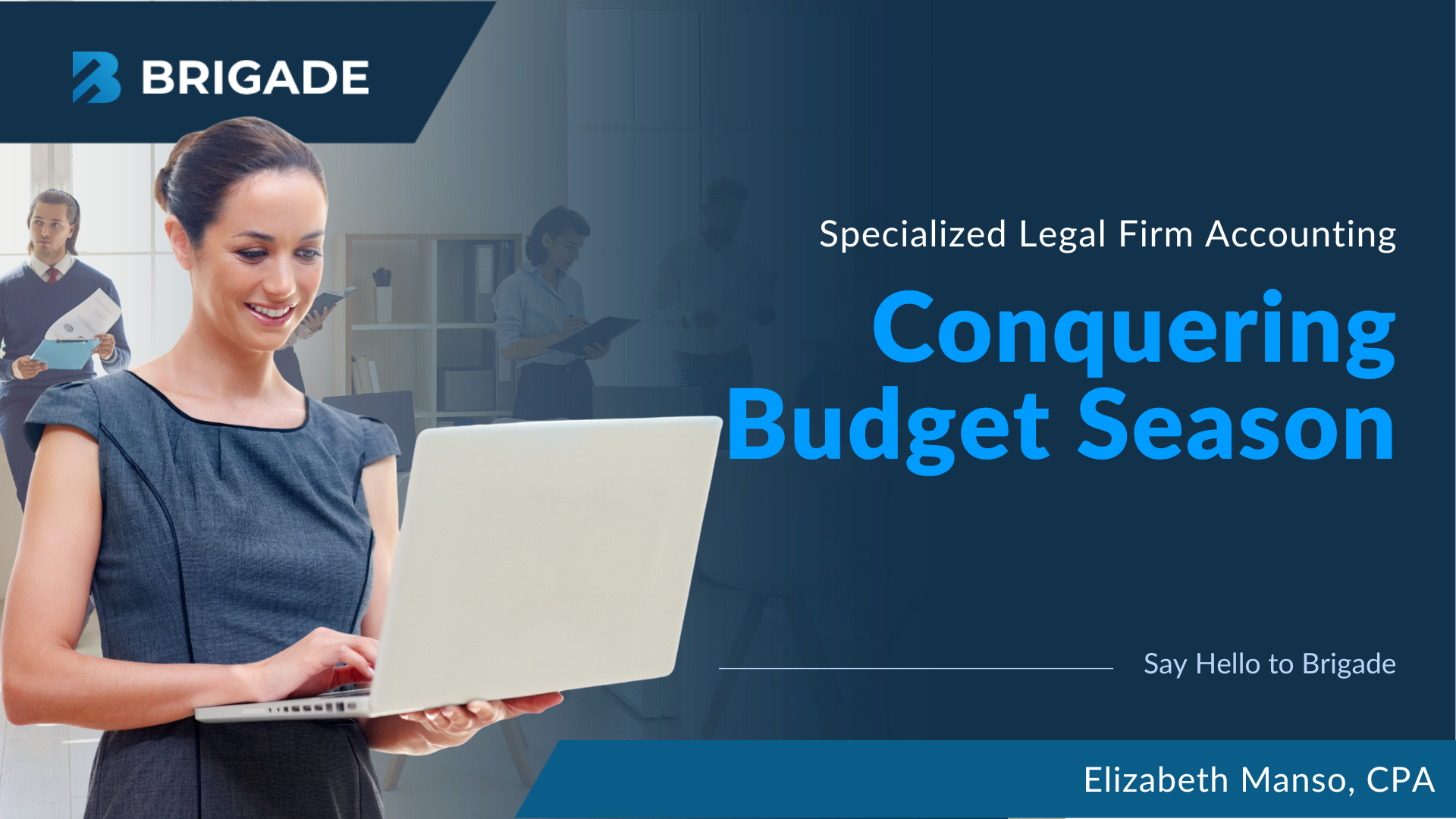
Small business owners want to take advantage of every tax break they qualify for. So, one deduction that should be on your radar is depreciating assets. Depreciation can provide valuable income tax deductions that save small business owners thousands of dollars each year.
HOW DEPRECIATION WORKS
At tax time, the IRS will tax a business on its net income. Your net income for the year includes accounting for all costs of operating your business, including operating expenses and investments. However, your business is entitled to depreciation deductions. When calculated, they lower your overall taxable income, and in turn, decrease your tax burden.
For example, if your business calculates earnings of $100,000 in net income, and calculates a depreciation deduction of $25,000, the IRS would tax you on $75,000 of income instead of $100,000.
WHAT ASSETS QUALIFY?
Depreciable business assets include most forms of business property, such as buildings, machinery, vehicles, furniture, and computers. You can also depreciate some forms of intangible property like patents, copyrights, and software.
The IRS has five requirements for something to be considered depreciable property. It must:
- Be something a business owns
- Be used in a business or income-producing capacity
- Have a useful lifespan that can be calculated
- Reasonably be expected to last at least one year
- Not be included on the IRS list of property that does not qualify for depreciation. One example: land. It can’t be depreciated because it is never “used up” and it doesn’t inherently lose value.
The IRS requires that you write off the depreciation over the useful life of the asset. You can begin to depreciate the asset once in use. You stop depreciating when you’ve fully recovered its cost, or you stop using it in your business.
HOW MUCH?
As with many tax calculations, how much of a depreciation deduction you can take on your assets is a bit complicated.
The IRS allows a few methods for calculating and recording depreciation on your taxes. The most basic explanation of each is:
- Straight-line depreciation: This is the simplest and most straightforward method. You’ll depreciate the asset in equal amounts over its useful life.
- Accelerated depreciation. You take larger depreciation deductions in the first few years of the asset useful life, and smaller deductions later on.
- Section 179 deduction. For certain purchases, you don’t have to depreciate the asset over its useful life. You can claim the Section 179 deduction to take the entire purchase price as a tax deduction in the year you made the purchase. However, there are limitations.
Bottom line: Depreciation is ultimately an accounting transaction. The initial cost as well the accumulated depreciation on an asset should show on your business financial statements. Additionally, the choices for calculating and recording depreciation are more complex than the basic descriptions above. Make it a point to run all of your questions by a tax professional so you can take full advantage of this valuable tax deduction.
Additional Sources:

